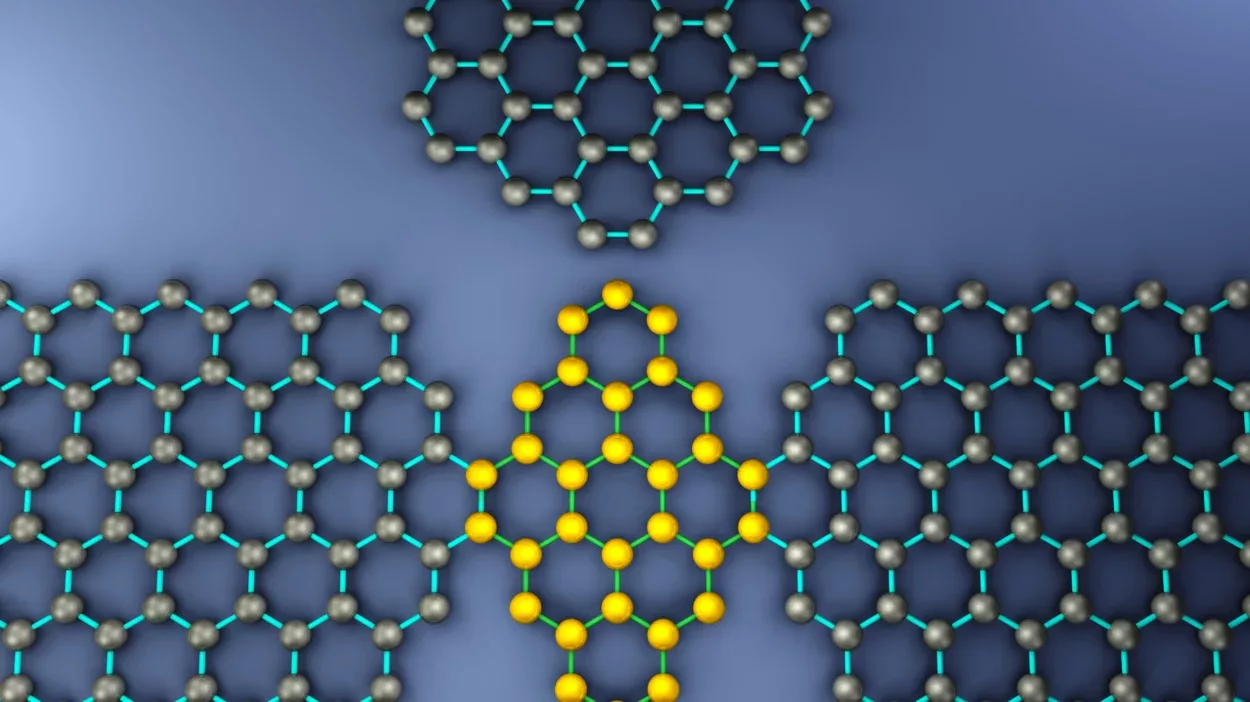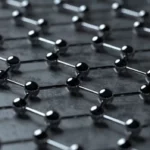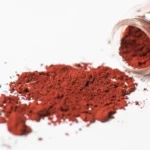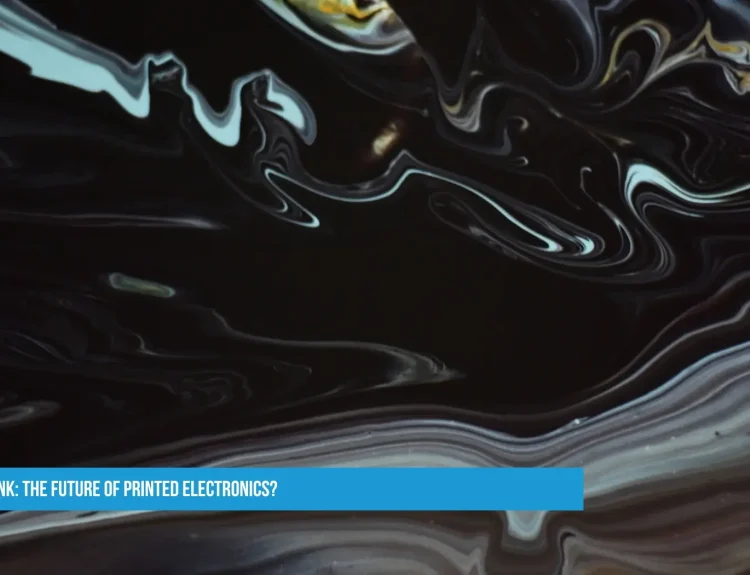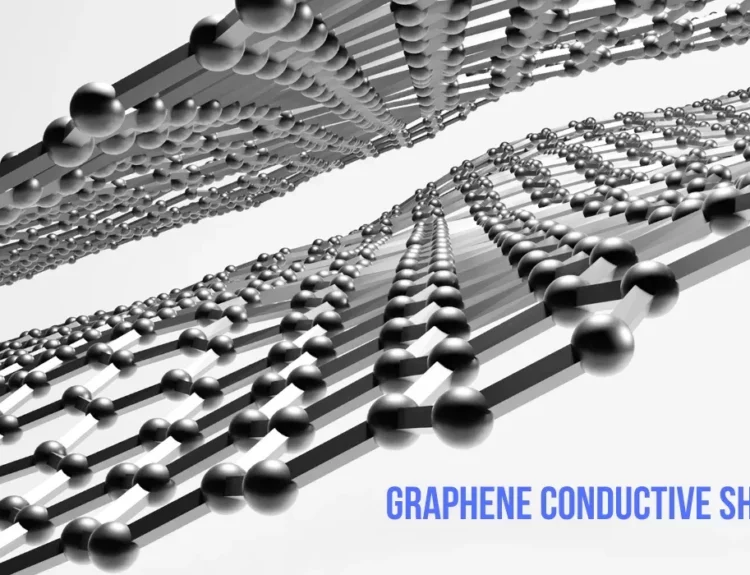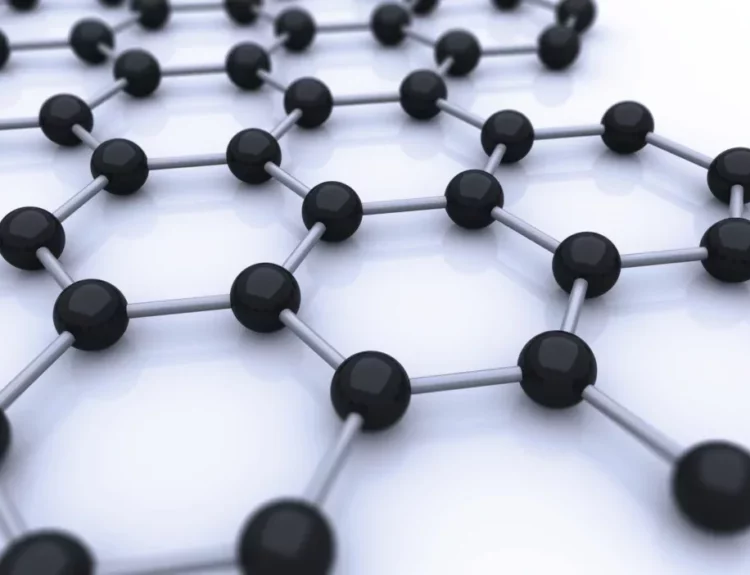Reduced graphene oxide is graphene form that has been chemically treated to restore some of its unique properties after being oxidized to graphene oxide (GO). Graphene, known for its remarkable strength, conductivity, and flexibility, is a single layer of carbon atoms arranged in a two-dimensional honeycomb lattice. When graphene is oxidized to create graphene oxide, it becomes more dispersible in water but loses some of its electrical conductivity. By reducing graphene oxide, we partially reverse this process, making reduced graphene oxide an intriguing material with a blend of properties from both graphene and graphene oxide.
Versatility in Applications
Due to its unique properties, RGO has found its way into various applications. Here are some of the areas where rGO is making a difference:
Energy Storage and Conversion
In the energy field, rGO is used to enhance the performance of batteries and supercapacitors. Its excellent electrical conductivity and large surface area make it an ideal electrode material. This means batteries and supercapacitors can charge faster and hold more energy, making them more efficient.
Environmental Purification
Reduced graphene oxide has shown promise in environmental applications, notably water purification. Its large surface area and chemical properties allow it to adsorb a broad range of contaminants, from heavy metals to organic compounds, effectively cleaning polluted water.
Electronics and Sensors
In electronics, rGO’s flexibility and conductivity are highly valued. It’s used to develop flexible electronics, such as wearable devices and foldable screens. Additionally, its sensitivity to various substances makes it an excellent material for sensors that can detect gases, chemicals, and biological molecules with high precision.
Composite Materials
rGO is often added to other materials to enhance their properties, creating what are known as composite materials. For instance, adding rGO to plastics or metals can make them stronger, lighter, or more conductive. This is useful in industries of automotive and aerospace, where such characteristics are highly desirable.
Biomedical Applications
In the biomedical field, rGO’s versatility is being explored for drug delivery systems. Its surface can be modified to carry drugs directly to specific sites in the body, potentially improving treatment effectiveness and reducing side effects. Moreover, its structure supports the growth of cells, making it a candidate for creating scaffolds in tissue regeneration.
Conclusion
Reduced graphene oxide is a multifaceted material that bridges the gap between graphene and graphene oxide, offering a unique combination of properties. Its applications range from energy storage and environmental cleanup to advanced electronics and biomedical innovations. As research and development continue, the potential uses for rGO are bound to expand, further unlocking the possibilities of this remarkable material.
To purchase Reduced graphene oxide follow this link


